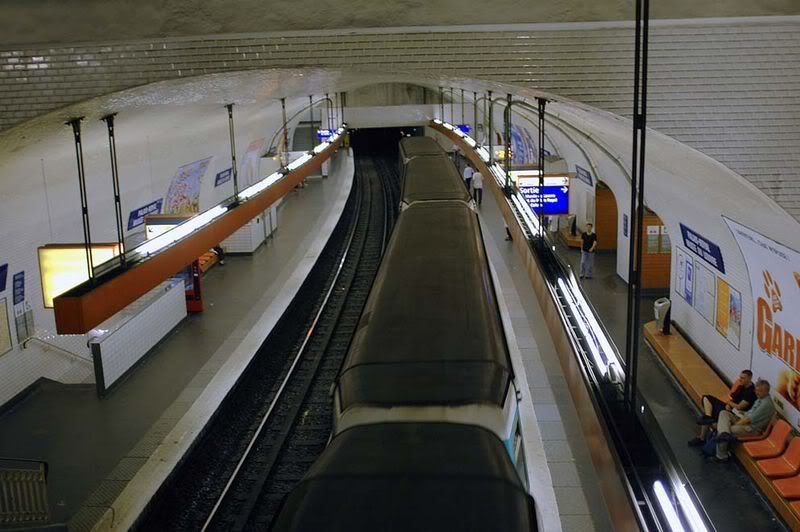Urban Shocker
Doyenne
Isn't the TTC's drift away from understanding the merits of their own perfectly fine, clean, understated design for the subway system as a whole - it could have been updated from time to time while maintaining the essence of the look - to a reliance on others to generate ideas and decide where to apply them within their system, a reflection of the malaise that manifests itself in other areas of what they do?






